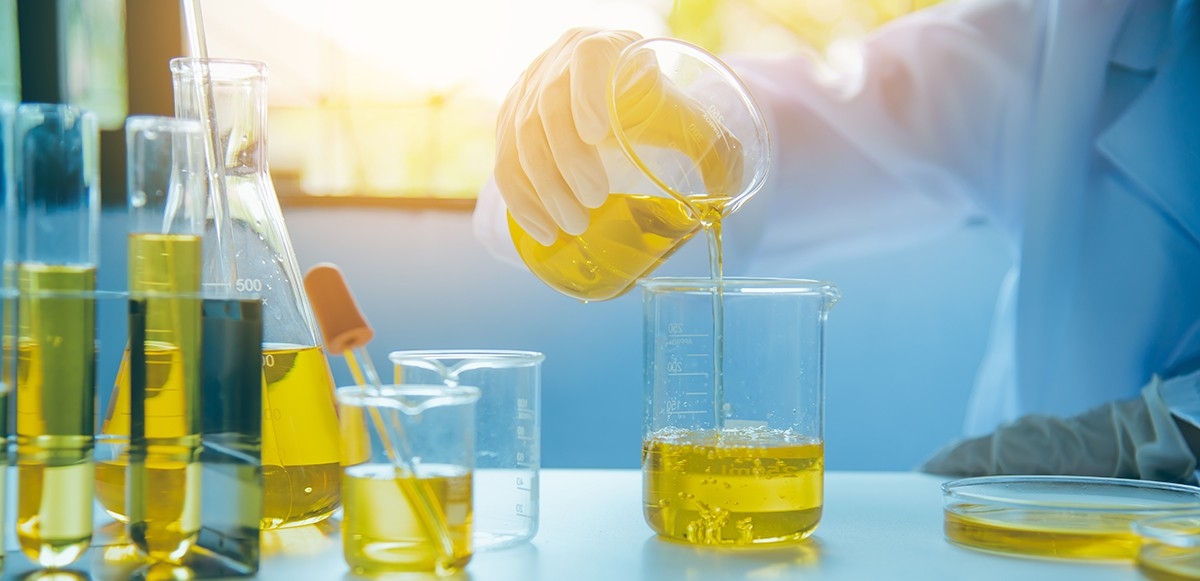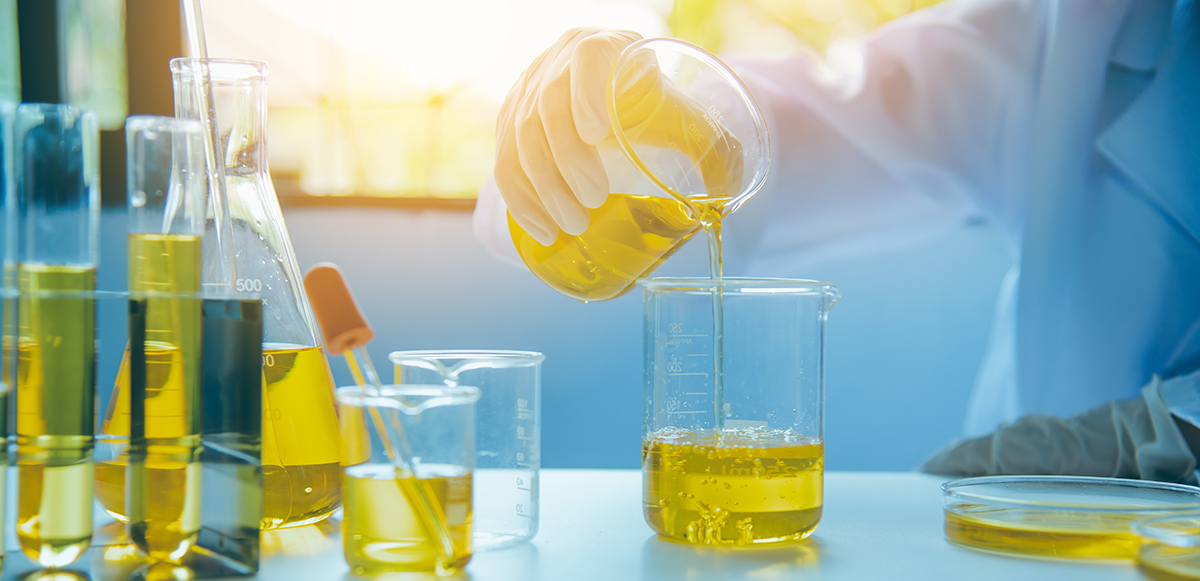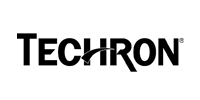How to improve oil cleanliness for your equipment?


Oil can be contaminated at any stage of its transport, from the plant to a tanker truck, to a marketer's facility, and finally to your storage tanks. Even if the newest oil arriving at your facility is the correct oil for your equipment, it will never meet the OEM's cleanliness standard.
If you try to compensate for this by filtering new oil yourself, improving your handling techniques, and cleaning your storage tanks, you'll find that this really will not meet your cleanliness goals. This is not your fault because the oil was not in perfect condition, to begin with, and reducing contaminants to an acceptable level is extremely difficult.
Consider the following tips to improve oil cleanliness:
- Starting with a certified clean oil and testing it as you go can help you more precisely target your improvement efforts.
- Onsite filtration, proper handling, and clean storage facilities are required, but it is easier to maintain the cleanliness of oil that is already certified clean than it is to clean up oil that was contaminated upon arrival.
- When you receive certified clean oil, test it for contamination at each transfer point in your operation, including after it has been introduced into the equipment. This way, you will receive data indicating the location of the contamination, allowing you to take corrective action as needed.
- Operational improvements rarely solve the problem of oil cleanliness, especially if the oil is contaminated from the start.
The entire process will be more efficient, giving you confidence that the oil will meet OEM specifications throughout its service life.





























